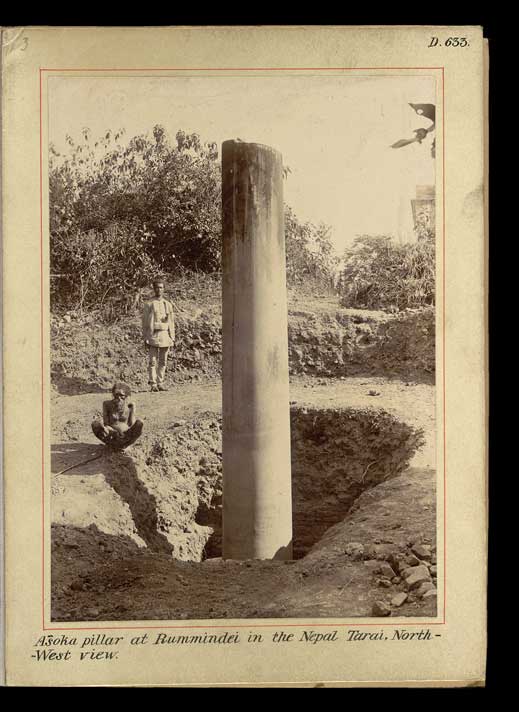During Dashain, the biggest Hindu festival in Nepal, you get to see people in many parts the country going from one place to another decked up in red, sporting distinctive red splotches of tika (a mixture of vermillion powder, rice and yoghurt) on their foreheads, and displaying their ‘hair accessory’ – the jamara (barley sprouts).

A young boy sporting tika on his forehead with jamara clipped to his ear
Without the tika or the jamara, Dashain does not feel like Dashain at all. These red (tika) and yellow-green (jamara) splashes of color are an integral part of the festival. But, having said that, why are they so important?
The tika is meant to be a blessing – an auspicious means of bestowing good fortune, health and long life upon those who get to wear them – by either the eldest member of the house or the house priest. Though it might be a bit messy, the tika not only adds color to the spirit of Dashain but is also a means of showing off how many relatives you have who care and wish for your wellbeing. In fact, the messier and larger the tika, the better it is. Without this splotch of red on everyone’s foreheads, Dashain would be, to say the least, quite bland.
Similarly, the jamara, like the tika, is indispensable to the festival. In fact, celebrating Dashain without the jamara would be like celebrating Christmas without Christmas trees. The jamara is, in fact, even more important than the tika.
The celebration of Dashain begins with the ceremonial Ghatasthapana. It marks the first day of the festival and is the day that barley seeds are planted in a specially purified place (the prayer room of one’s home in a majority of cases). The eldest member of the house spreads sand, brought from the banks of a holy river, on a place specifically chosen for this purpose and sows barley seeds in it. For nine days, this ‘plantation’ area is covered with an earthen pot and watered every day. On the ninth day, the five to six-inch-long seedlings, which take on a yellow-green hue due to being constantly kept away from sunlight, are ready for plucking. It is said that these seedlings hold all of Goddess Durga’s blessings and so are placed on the heads of all members the immediate family as well as that of relatives, bestowing on them fortune, wellbeing and prosperity.
Besides adding color to Dashain, the tika and jamara are of great significance. In addition to their wearers feeling loved and protected by their families and relatives, it is believed that Goddess Durga bestows shakti (power) on them.
Information Source: The Nepal Festivals by Dhurba Krishna Deep










